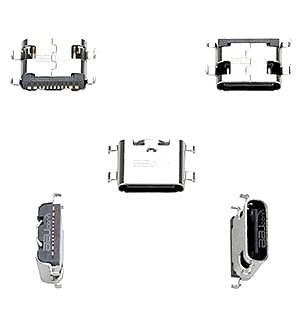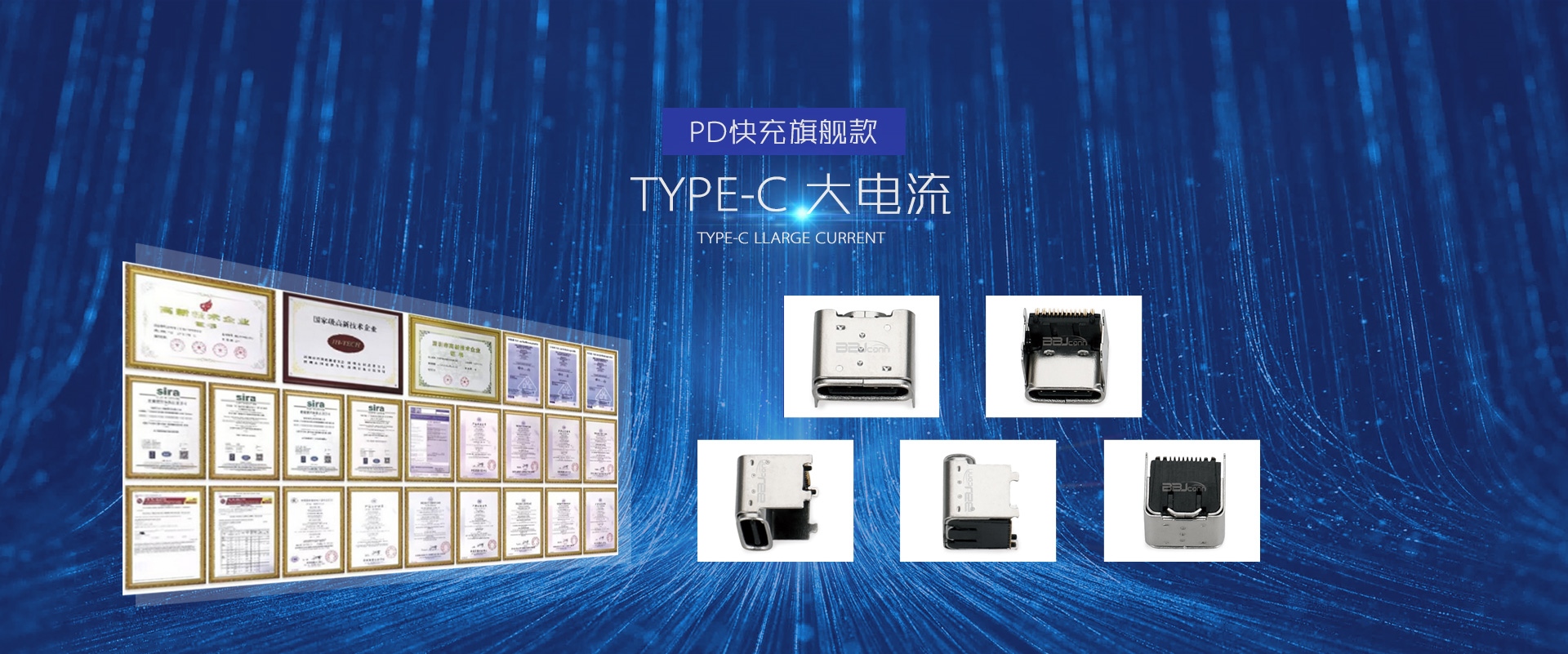Analysis of application characteristics of fast charging connectors in the field of small household appliances
With the continuous development of science and technology, battery technology and charging technology have become a vital part of electronic product design. Especially in the field of small household appliances,Fast charging connectorThe emergence of the connector has brought consumers a more convenient and efficient use experience. Fast charging connectors can not only improve the charging speed of the product, but also improve the overall performance and user satisfaction of the product to a certain extent. This article will provide an in-depth analysis of fast charging The application characteristics of connectors in the field of small household appliances, and how they meet market needs and promote industry progress.
The definition and basic characteristics of fast charging connector
A fast charging connector is an interface or cable device specially designed to support fast charging. Compared with traditional chargers, fast charging connectors can provide more power to the device in a shorter period of time, significantly shortening the charging cycle. Fast The charging connector adopts advanced current control technology and data transmission technology, which can greatly improve charging efficiency while ensuring safety. This technology has been widely used in consumer electronics such as smartphones and laptops, and has been widely used in small household appliances in recent years. The field has also begun to gradually promote.
Application advantages of fast charging connectors in the field of small household appliances
One of the most obvious advantages of the application of fast charging connectors in small home appliances is that they can improve charging efficiency. In traditional home appliances, charging time is often longer, which undoubtedly increases the user's convenience for home appliances that require frequent use. Waiting time and inconvenience of use. The introduction of fast charging connectors can greatly shorten the time required for device charging, allowing users to use electrical equipment in a shorter time, improving the convenience of home appliances.

In addition, fast charging connectors can also effectively improve the intelligence of small household appliances. Modern small household appliances are gradually developing towards intelligence, and more and more devices are beginning to be equipped with battery power supply. Fast charging connectors support efficient power transmission, making these batteries It can be fully charged in a short time to ensure the continuous and stable operation of the equipment. For example, intelligent sweeping robots, wireless vacuum cleaners and other equipment, if equipped with fast charging connectors, can significantly improve work efficiency and reduce the user's waiting time during the charging process.
Challenges of fast charging connectors in the design of small home appliances
Although fast charging connectors have obvious advantages in the field of small household appliances, they still face some challenges in practical application. First, fast charging technology has higher requirements for batteries, and the batteries must be able to withstand higher charging current and power. If the battery cannot withstand excessive current, the battery life may be shortened or even a safety accident may occur. Therefore, the matching of the fast charging connector and the battery is crucial and must be precisely designed and tested.
Secondly, the thermal management issue of fast charging connectors cannot be ignored. Since the fast charging process generates a large amount of heat, the heat dissipation performance of the connector and charging circuit becomes an important consideration in the design. If the heat dissipation is insufficient, the device may overheat. , affecting the service life and safety of the equipment. Therefore, when small household appliances use fast charging connectors, they need to pay special attention to the heat dissipation design to avoid overheating.
The application prospects of fast charging connectors in future small household appliances
With the continuous development of fast charging technology, the field of small home appliances will usher in more intelligent and efficient products in the future. Fast charging connectors will play a more important role in them. Future home appliances will not only focus on performance and appearance, but also Pay more attention to user experience and charging convenience. Fast charging connectors will help home appliances restore power more quickly, making consumers' daily lives more convenient.
For example, future smart kitchen small appliances, such as electric razors, electric toothbrushes, wireless electric blenders, etc., will rely more on fast charging connectors to improve charging speed and efficiency. These small household appliances generally require frequent charging, so they use fast charging Connectors can reduce waiting time and improve user experience. In addition, with the popularization of 5G, Internet of Things and other technologies, fast charging connectors will be more widely used in smart home systems, enabling simultaneous charging and centralized management of multiple devices.
The application of fast charging connectors in the field of small home appliances has significant advantages. It can effectively improve charging efficiency, extend device usage time, and promote the intelligent development of home appliances. Although it faces some challenges during the design process, such as battery matching and thermal management problems, but as technology advances, these problems will be Effective solution. In the future, fast charging connectors will become an indispensable part of the field of small home appliances, bringing users a more efficient and convenient experience. As consumers’ demand for charging speed and convenience continues to increase, fast charging Connectors will undoubtedly become an important driving force for the innovation and development of the small household appliance industry in the future.
